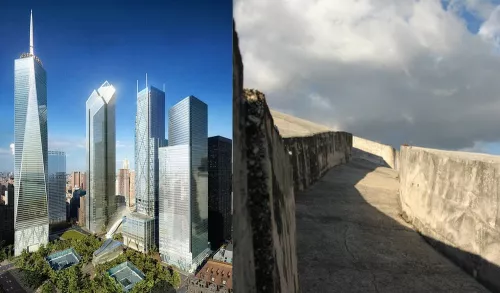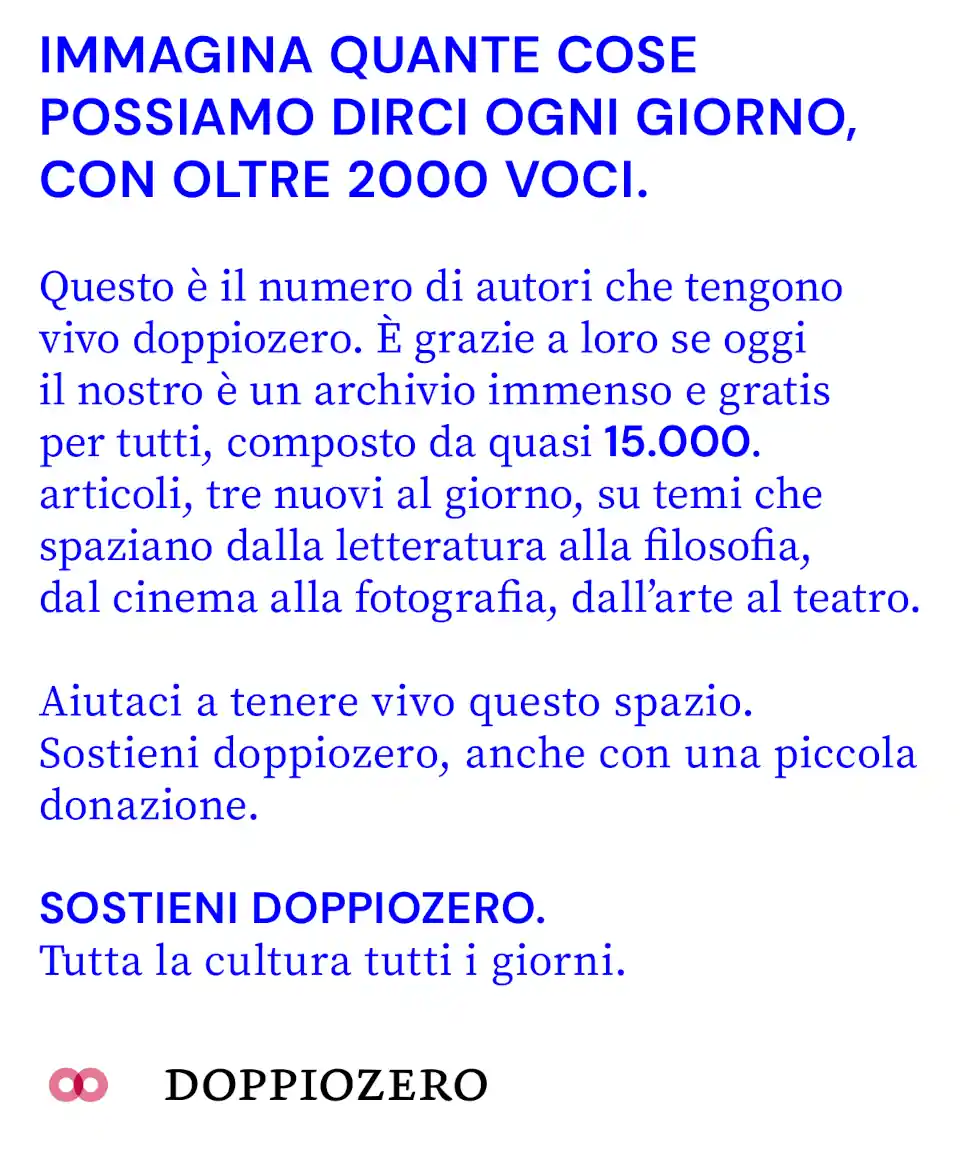Gibellina and Ground Zero
Mangrovia is the place where Roberto Casati and Goffredo Puccetti talk about design. This conversation has started in December 2013. We are interested in the intellectual intricacy of design. We keep our eyes open on good and bad design – equally important for us. Equally important are theory (mostly from cognitive science) and practice (mostly form communication and process design).

Mangrovia è dal dicembre 2013 la bacheca appunti di Roberto Casati e Goffredo Puccetti sul design. Il design ci interessa per la sua complessità intellettuale. Cerchiamo intorno a noi esempi di buono e cattivo design e ne parliamo prendendo spunto dalla teoria (soprattutto dalle scienze cognitive) e dalla pratica (soprattutto dalla comunicazione e dai processi di progettazione).
What can we expect from architecture? That it overwhelms emotionally? Countless visitors of the Taj Mahal in Agra, India, know what it is to be subjugated by the majestic beauty, elegance, and evocative power of a building. The Taj Mahal was built from 1630 to 1653 as a memorial for one single person, Arjuman Banu Begum, the wife of the Moghul Shah Jehan. It was meant to be a testimony to her beauty and to his love for her. That one person deserved so much is obviously part and parcel of the fascination exerted by the monument. Much harder, of course, is to celebrate the lives – and the deaths – of the many, as we all discovered in this last decade of torment upon the reconstruction at Ground Zero.
So here is a cautionary tale about art and memory.
In August 2002 my wife and I were travelling in the hills of western Sicily. One night we were heading for the open-air theatre of Gibellina, in the Belice Valley, where a performance was due in the evening. We did not know much about the place except that a memorial site was built there for the victims of a deadly earthquake that occurred in the night between January 14 and 15, 1968. The event totally destroyed the city of 6000 and killed 100 people. A new city has been since rebuilt some 20 kilometres down the valley. The memorial is all that remains of the old city, but it is no small thing, as it takes up the whole surface of the original village. A large triangular veil of concrete, it entirely covers the hill where once houses stood. In 1981 Artist Alberto Burri (1915-1995) had rumble from the disaster gathered and piled in heaps, five feet tall, that closely follow the perimeter of the original, irregular blocks of the city, then flattened their tops and drowned them in concrete. The resulting effect is what you get from looking at a white earth clod in a draught, with open grooves cutting deep into the surface. Only, on a much larger scale, so that people can walk in the grooves (as the original inhabitants used to stroll in the streets) and look at each other across the tops of the blocks.
Gibellina is a sore memory for Italians of my generation. I was a child when the earth quaked: I remember news coming in from our first television set. For many years the Belice Valley was one regular piece in the news. We were told about it in school. It became synonym with governmental inefficiency and waste in managing a never-ending reconstruction.
Tourists now roam the place as they attend the select Gibellina Theatre Festival, held in a nearby space towered by the only concrete building that survived the disaster. They come before sunset, driving from distant places, from Trapani and Agrigento, from the many resorts of the western coast of Sicily. As we slowly approached Old Gibellina we could see the memorial site rise on the hill like a huge struck white sail. There was no sign to inform us that we enter a sacred space, no plaque to register the names of the dead, no directions, no record of what had happened. But as we parked our cars and began walking through what once were busy streets and are now large blinding-white concrete blocks we realized that no commentary, no labelling, no official discourse was necessary. Stones can speak for themselves: architecture can overwhelm. We quickly moved into a novel dimension, in which all of a sudden we were no longer what we thought we were. We walked like ghosts in a dead city, looking at other ghosts whose heads topped the next large concrete block. We, the ghosts. It was as if we were the dead villagers themselves. It was as if we had lent them our bodies, enacting a little play in which the original inhabitants were once more back to life – albeit for a few minutes only. And at the same time it dawned upon us that we were stealing their place, that if we could do what we were doing it was because they had died or flew away, leaving room for us. We were thus reminded that we had to pay due respect to their lives, and deaths.
So it is each night during the summer, when at sunset tourists become actors and Old Gibellina is once more alive. The Burri memorial is an example of what great art can do: it can silence angry voices; it can move to tears; it can bring solace; it can make one think, and think again.
But possibly those were times in which assignments were simpler. Burri could limit himself to work at the very delicate task of cherishing memories. Today’s assignments look tougher, but aren’t they also the result of ill-understood aspirations? How could we ever hope that memory, revenge, an unbreakable sense of optimism for the future, and valuable office and commercial space all fit in a single architectural work?







